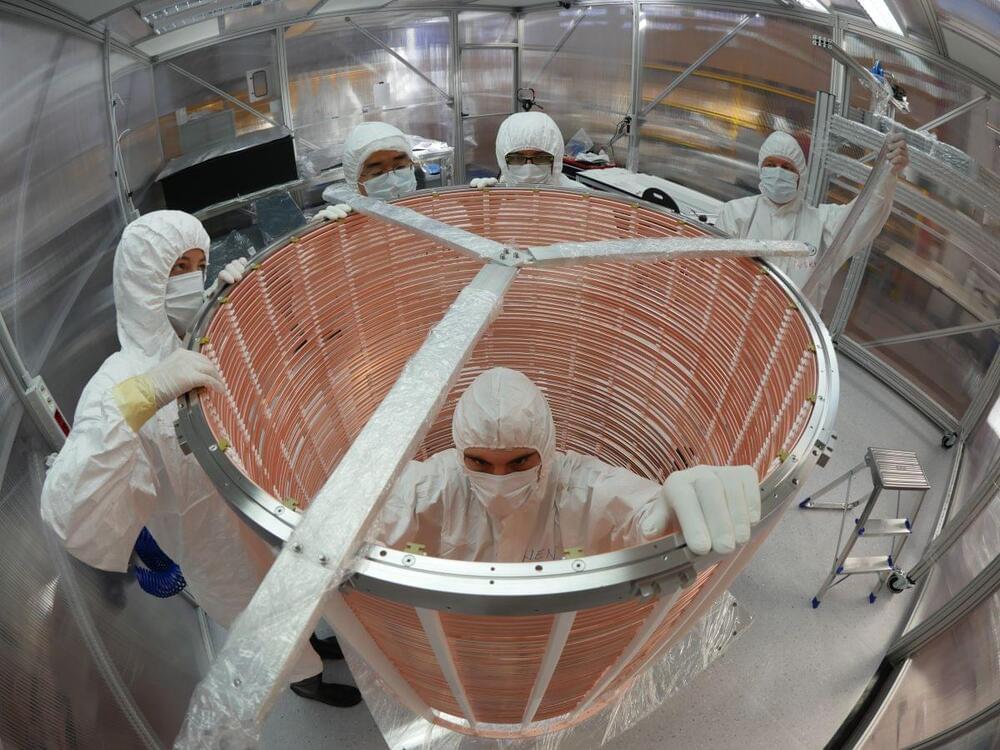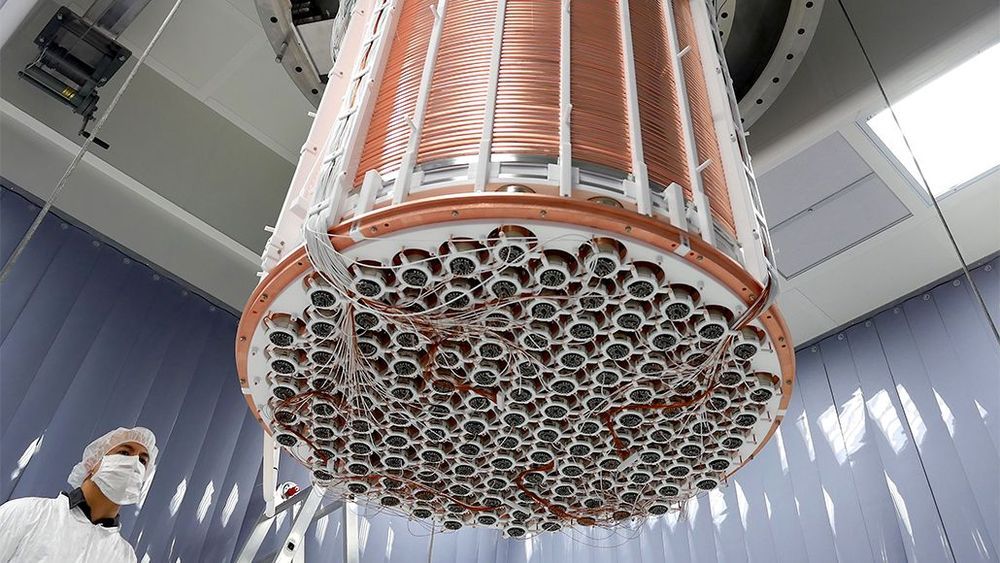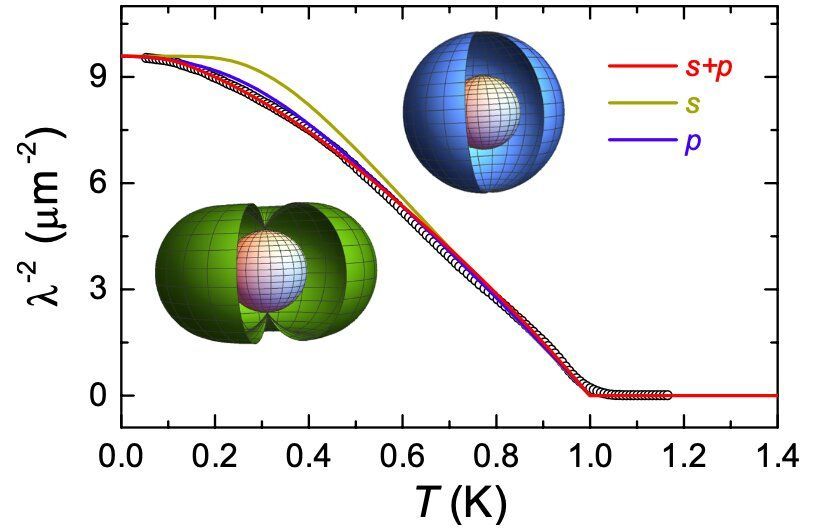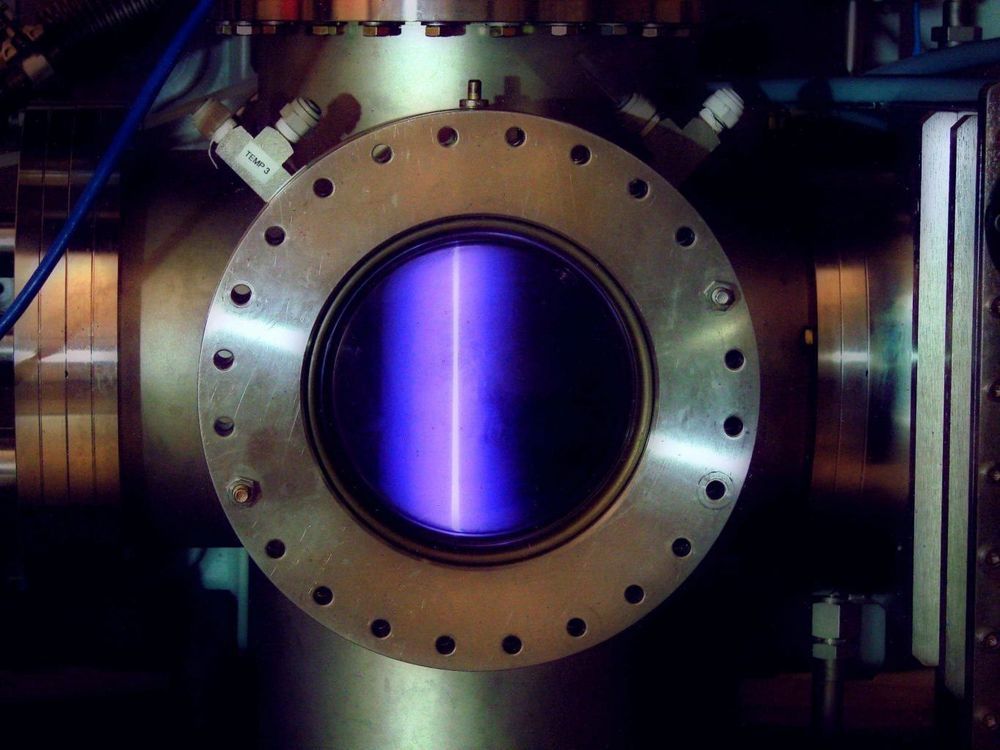:3333
An experiment buried underground in Italy has turned up a mysterious result, and a never-before-seen “axion” particle seems like the most likely explanation.



You’ve seen his art.
A conversation with space artist Don Davis about his life and work.
This film is a part of the Artist Depiction series available on Amazon, Labocine, and Vimeo.
Series One features Don Davis, Charles Lindsay, and Rick Guidice.
Series Two features Pamela Lee, William K. Hartmann, and Pat Rawlings.

In the vast majority of superconducting materials, Cooper pairs have what is known as even parity, which essentially means that their wave function does not change when electrons swap spatial coordinates. Conversely, some unconventional superconductors have been found to contain odd-parity Cooper pairs. This quality makes these unconventional materials particularly promising for quantum computing applications.
Past studies have predicted that noncentrosymmetric superconductors, which have a crystal structure with no center of inversion, could exhibit unique and unusual properties. In recent years, noncentrosymmetric superconductors have become a popular topic of research due to the structure of the Cooper pairs contained within them, which have a mixture of odd and even parity.
CaPtAs is a new noncentrosymmetric superconductor discovered by researchers at Zhejiang University. Together with scientists at the Paul Scherrer Institut and other institutes worldwide, these researchers have recently carried out a study investigating unconventional superconductivity in this compound. Their paper, published in Physical Review Letters, offers evidence that in its superconducting state, CaPtAs simultaneously exhibits both nodal superconductivity and broken time-reversal symmetry (TRS).


The Madison, Wisconsin-based startup Phoenix has scouted a team of nuclear elites for a new frontier: small reactors that can revolutionize medical imaging, munitions scanning, and even non-destructive testing for quality assurance.
And in the longer term, scientists say training people to run neutron generators helps to familiarize and speed up the future of nuclear fusion.

Circa 2014
Roughly 13.75 billion years ago, our universe came into existence. Very shortly thereafter, primordial light started shooting across the cosmos and spreading throughout the early universe. At this juncture, the universe itself was also expanding. The inflation of the universe slowed after the first initial burst, but since then, the rate of expansion has been steadily increasing due to the influence of dark energy.
Essentially, since its inception, the cosmos has been growing at an ever increasing rate. Cosmologists estimate that the oldest photons that we can observe have traveled a distance of 45–47 billion light-years since the Big Bang. That means that our observable universe is some 93 billion light-years wide (give or take a few light-years). These 93 some-odd billion light-years contain all of the quarks, quasars, stars, planets, nebulae, black holes…and everything else that we could possibly observe; however, the observable universe only contains the light that has had time to reach us.
How can the universe be 93 billion light-years across if it is only 13.8 billion years old? Light hasn’t had enough time to travel that far…? Ultimately, understanding this facet of physics is the key to understanding what lies beyond the edge of the observable universe and whether we could ever get there.
